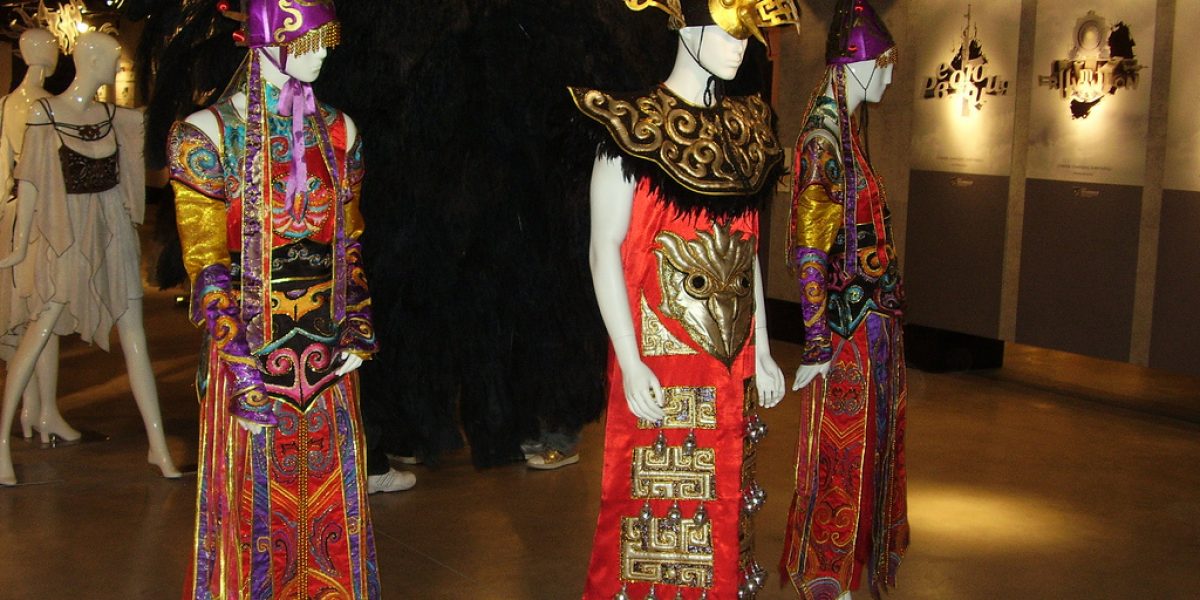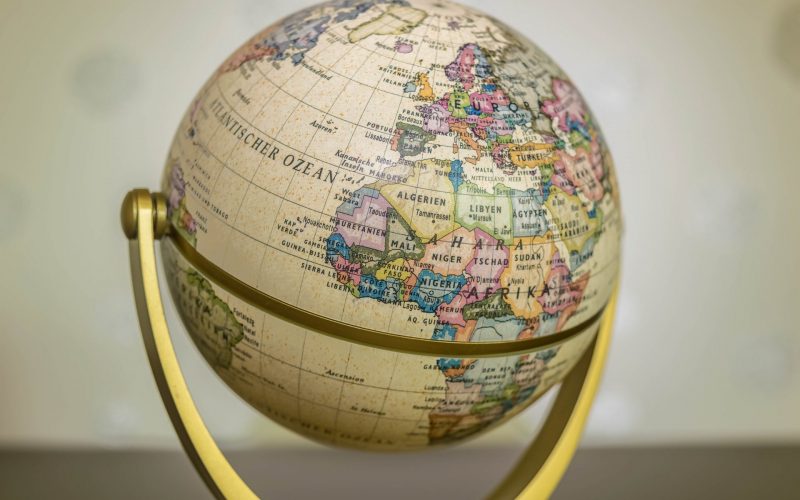In most SSA countries including South Africa (SA), the clothing and textiles industry developed under import substitution policies and was highly protected. The quota market access offered by developed countries for four decades under the Multi Fibre Agreement (MFA) that lasted until the end of 2004 also influenced the development of the industry. Foreign direct investment (FDI) into the African industry was primarily from Asia (notably Taiwan and China) and motivated by the need to diversify export platforms, or “quota hopping”. More recently Lesotho’s export success reflects these dynamics.
The MFA’s end meant that Asian countries, particularly China, could export directly meaning greater competitive pressures in developed export markets. China is now the world’s leading exporter of clothing; its share of world clothing exports grew from 18 percent in 2000 to 34 percent in 2007. This raises major concerns about SSA’s industrialisation prospects.
China’s share of South Africa’s (SA) total imports of clothing and textiles grew from 16.1 percent in 1996 to 60.7 percent in 2008. Estimates also indicate that in the last 6 years 69 000 jobs have been lost in the clothing and textiles sector, a drop of 39 percent. Hence, labour unions have strongly lobbied for protection to limit further job losses. Nonetheless, imports from China have been able to stimulate the informal market and consumers have benefited from lower prices. Jobs have been created in the retail sector that has offset losses in the industry.
The initial attempt to reverse job losses saw the imposition of quotas on selected clothing and textiles imports from China from 2007 to 2008. The idea was that quotas would give the domestic industry enough time to restructure and improve competitiveness. It was also hoped that this would stimulate private investment that would boost production and employment. However, this did not materialise. While quotas did succeed in reducing imports from China, SA’s total clothing and textiles imports did not decrease. Instead, retailers predictably sourced imports from other low cost Asian producers such as Malaysia, Vietnam and Bangladesh. This clearly indicates the lack of competiveness in the local industry even under a highly protected environment.
SA’s lack of competitiveness stems from a host of factors, most importantly labour: Tralac estimates that labour costs in SA are almost double those in Asia. High labour costs could be offset by high productivity; however, local industry lacks the requisite skills, and technology. Labour productivity is further constrained by rigidities arising from a highly unionised labour force. SA’s lack of competitiveness is aggravated by the inability of local industry to achieve short turnaround times relative to Asian counterparts who meet very short and reliable delivery times.
Hence, the decline of SA’s clothing and textiles sector cannot be entirely blamed on imports from Asia (or China). There are serious competitiveness problems that need to be dealt with if the sector is to have any sustainable future.
Are trade policy measures articulated in the currently mooted rescue package for the industry justified? Clearly concerns over job losses and in industrial output declines are legitimate. The clothing and textiles sector is labour intensive and given the already high unemployment rate in SA, further job losses would have significant social implications. Nonetheless, raising applied tariffs to bound levels or using safeguards as proposed in the NEDLAC framework would be self defeating. Historically, the sector has been highly protected and is still one of the most protected economic sectors in SA. It is unlikely that further protection would yield the desired results.
However, speedy implementation of the Framework’s proposed non trade industrial policy tools such as skills and capital upgrades can boost competitiveness. These are in the form of flexible loans for working capital and an industry wide skills development programme. The Industrial Development Corporation (IDC) is already implementing the Clothing and Textiles Competitiveness Improvement Programme (TCIP) and has been taking applications for capital upgrading to improve competitiveness at firm level. Funding for skills upgrading is still to be approved by the National Skills Fund. The time frames for the sector’s support vary from three to five years. These industrial policy initiatives if implemented can improve SA’s competitiveness. However, support measures should have strong performance conditions and should last for a stipulated time frame. Failure to comply should result in withdrawal or termination of support. Otherwise, the government risks supporting inefficient industries forever at the expense of taxpayers. Equally important, support must be transparent and should not to favour certain firms.
Another strategic alternative to save the sector is for the industry to refocus in terms of its product offer. The framework focuses on about 30 product lines which account for significant production and employment in SA. These product lines mainly comprise cheap low end mass products in which SA is struggling to compete with Asian producers in the domestic market. Alternatively, the sector can diversify by also focussing on high end niche products for export.
In a bid to reduce costs for the domestic industry government is implementing a duty drawback for textiles imports. However, reducing tariffs on textiles raises effective protection for clothing and it is unlikely that lower prices would be passed onto consumers. It is unclear whether duty drawbacks on textiles would encourage to the industry to restructure or simply maintain the status quo. An alternative policy would have been to decrease tariffs on both clothing and textiles simultaneously.






